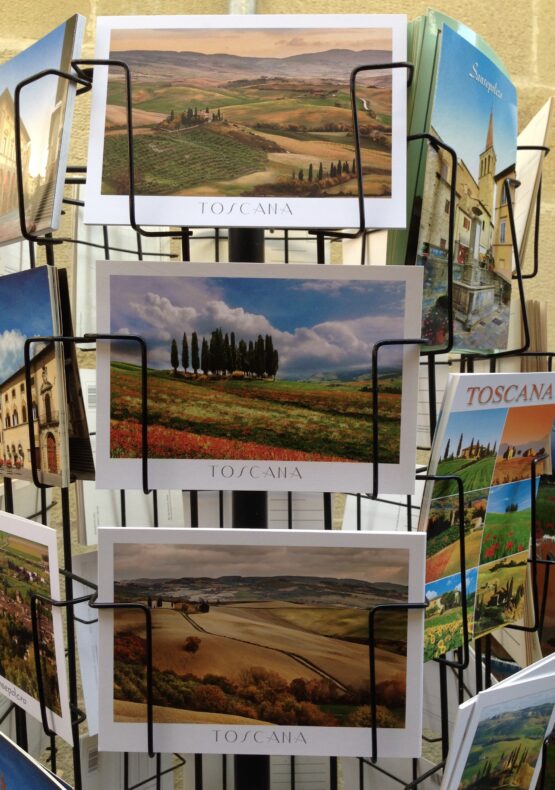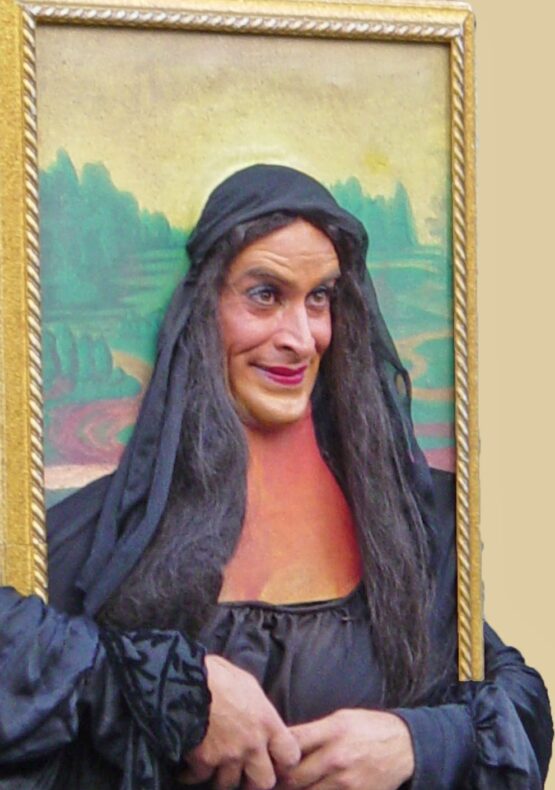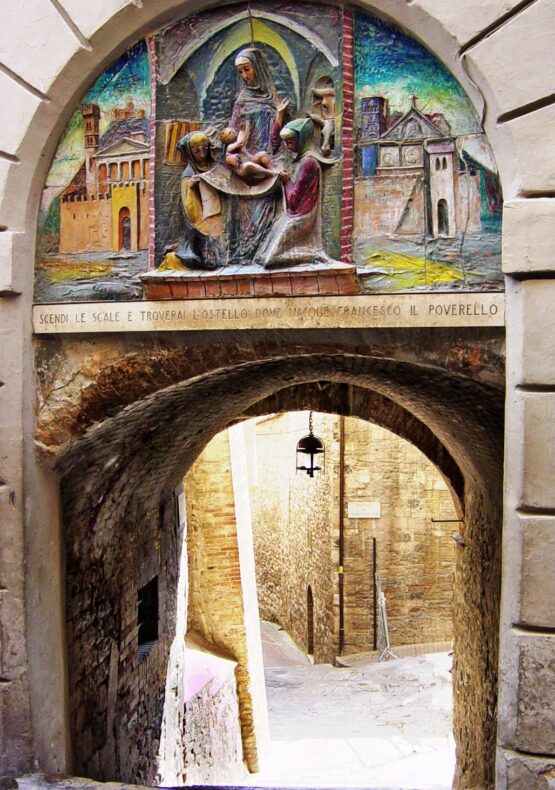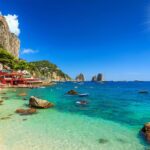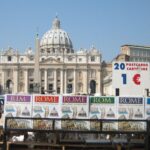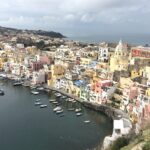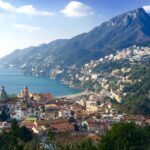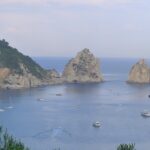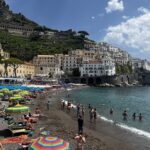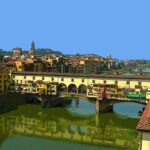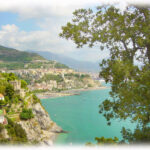Who hasn’t heard of Tuscany? The region has it all: seaside and countryside, food and wine, cities and small towns, and the tourism to match. The region’s stunning cities (including not only Florence, but Siena, Lucca, and Pisa) are considered the birthplace of the Italian Renaissance. The beautiful countryside is quintessentially Italian, with rolling hills, cypress trees, and lovely vineyards (in fact, the landscape of Tuscany’s Val d’Orcia was named a World Heritage Site in 2004). Tuscany is also famous for its food and wine, as the region produces Chianti, Vino Nobile di Montepulciano, Brunello di Montalcino, among others.
While Tuscany is touristy, and while some of its towns and cities can be pricey and crowded, there are still plenty of undiscovered corners of this large, central region. I recommend a tour of the Val d’Orcia. Stopping in Florence (Firenze) for a look at Michelangelo’s “David” is a life MUST.
Visit Tuscany if: you want to feel like you’ve stepped into a postcard of the Italian countryside; you’re excited to see some of Italy’s most stunning, and important, art and architecture; you’re a fan of the Renaissance; you’re interested in wine tastings or vineyard visits; you feel like you can’t miss Florence or the Leaning Tower of Pisa; you love fresh ingredients and Italian food.
Tuscany is known for its landscapes, history, artistic legacy, and its influence on high culture. It is regarded as the birthplace of the Italian Renaissance and has been home to many figures influential in the history of art and science, and contains well-known museums such as the Uffizi and the Palazzo Pitti. Tuscany is also known for its wines, including Chianti, Vino Nobile di Montepulciano, Morellino di Scansano, Brunello di Montalcino and white Vernaccia di San Gimignano. Having a strong linguistic and cultural identity, it is sometimes considered “a nation within a nation”.
Tuscany is the second most popular Italian region for travellers in Italy. The main tourist spots are Florence, Pisa, Castiglione della Pescaia, Grosseto and Siena. The town of Castiglione della Pescaia is the most visited seaside destination in the region, with seaside tourism accounting for approximately 40% of tourist arrivals. The Maremma region, Siena, Lucca, the Chianti region, Versilia and Val d’Orcia are also internationally renowned and particularly popular spots among travellers.
Major cities of Tuscany and what each is known for:
Arezzo (art and history)
Carrara (white marble mountains)
Chianti (wine)
Florence (duomo, art, history, leather)
Grosseto (beach resorts, Maremma)
Livorno (port, Navy)
Lucca (city walls)
Massa (beaches, heritage, marble)
Pisa (The Leaning Tower of Pisa and Square of Miracles)
Pistoia (art)
Prato (Cantucci and Biscotti)
Siena (pecorino cheese, wine, architecture)
Scandicci (the Acciaolo Castle)
Val d’Orcia (countryside, hillside, cypress trees, postcard pictures, wine)
Viareggio (carnevale)
What to eat: drink wine!!, pecorino cheese, gelato, Florentine steak, Lampredotto sandwich, Crostini Toscani, Panzanella, Lardo di Colonnata, Ribollita, Pappa al pomodoro, Cacciucco, Castagnaccio, extra virgin olive oil, cannelloni beans, tagliatelle al tartufo, pappardelle alla lepre
